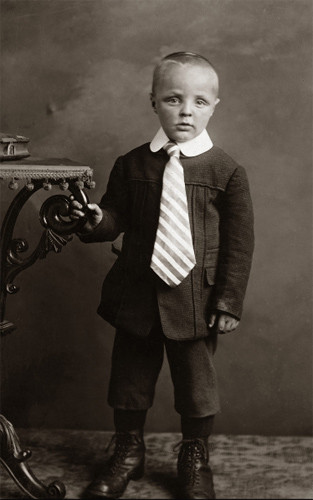Performing Evidence
11 Jul - 25 Aug 2009
PERFORMING EVIDENCE
2009-07-11 until 2009-08-25
What matters in the images and narratives that surround us in today’s mediatized social and political arena, is not so much whether they represent reality faithfully, but how they make us feel and act. ‘Performing Evidence’ is a speculation on the role of representation in the actualization of certain scenarios of reality. The exhibition brings works by contemporary artists together with visual documents from the history of the human sciences – psychology in particular – to show how the shaping of sentiments, attitudes and actions is not a phenomenon from recent media culture, but can be traced back to the beginning of the twentieth century.Psychology’s studies of man’s behaviour and inner life have had a crucial impact on our understanding of society and of ourselves. The desires, sentiments and attitudes that motivate our conduct came to be ‘human factors’ to be reckoned with, as they appeared to affect the performance of soldiers, the productiveness of workers and the future potential of children. The management of human capabilities and morale – through children’s guidance clinics, education, professional training, monitoring of people’s opinion – has become central to governing society. At the same time the idea that we should develop ourselves to our full potential, grow in our roles, has shaped the repertoires of subjectivity with which we conceive of ourselves. The works and documents in the exhibition explore the role of representational practices in the entwined processes of human engineering and self-realization.Often operating on the basis of the ‘before and after’ logic, these historical documents were demonstrative of a transformation: traumatized soldiers being cured, workers adapting to new roles, the disadvantaged child developed into a worthy citizen. But the making of these documents is not only a means of constructing proof that the people in the image were transformed; it is itself part of that transformation, as it engages these people in the enactment of a developmental scenario, and thus has an effect on their reality. As people present themselves to others as well as to themselves in terms of the discourses available to them, the ‘before and after’ script comes to shape their conductand sense of self.The artworks in the exhibition take up a range of contemporary representational practices – role-play trainings, virtual reality exposure therapy, press briefings – to consider their role in the actualization of desirable and possible realities.
Guest Curator Anke Bangma
2009-07-11 until 2009-08-25
What matters in the images and narratives that surround us in today’s mediatized social and political arena, is not so much whether they represent reality faithfully, but how they make us feel and act. ‘Performing Evidence’ is a speculation on the role of representation in the actualization of certain scenarios of reality. The exhibition brings works by contemporary artists together with visual documents from the history of the human sciences – psychology in particular – to show how the shaping of sentiments, attitudes and actions is not a phenomenon from recent media culture, but can be traced back to the beginning of the twentieth century.Psychology’s studies of man’s behaviour and inner life have had a crucial impact on our understanding of society and of ourselves. The desires, sentiments and attitudes that motivate our conduct came to be ‘human factors’ to be reckoned with, as they appeared to affect the performance of soldiers, the productiveness of workers and the future potential of children. The management of human capabilities and morale – through children’s guidance clinics, education, professional training, monitoring of people’s opinion – has become central to governing society. At the same time the idea that we should develop ourselves to our full potential, grow in our roles, has shaped the repertoires of subjectivity with which we conceive of ourselves. The works and documents in the exhibition explore the role of representational practices in the entwined processes of human engineering and self-realization.Often operating on the basis of the ‘before and after’ logic, these historical documents were demonstrative of a transformation: traumatized soldiers being cured, workers adapting to new roles, the disadvantaged child developed into a worthy citizen. But the making of these documents is not only a means of constructing proof that the people in the image were transformed; it is itself part of that transformation, as it engages these people in the enactment of a developmental scenario, and thus has an effect on their reality. As people present themselves to others as well as to themselves in terms of the discourses available to them, the ‘before and after’ script comes to shape their conductand sense of self.The artworks in the exhibition take up a range of contemporary representational practices – role-play trainings, virtual reality exposure therapy, press briefings – to consider their role in the actualization of desirable and possible realities.
Guest Curator Anke Bangma

